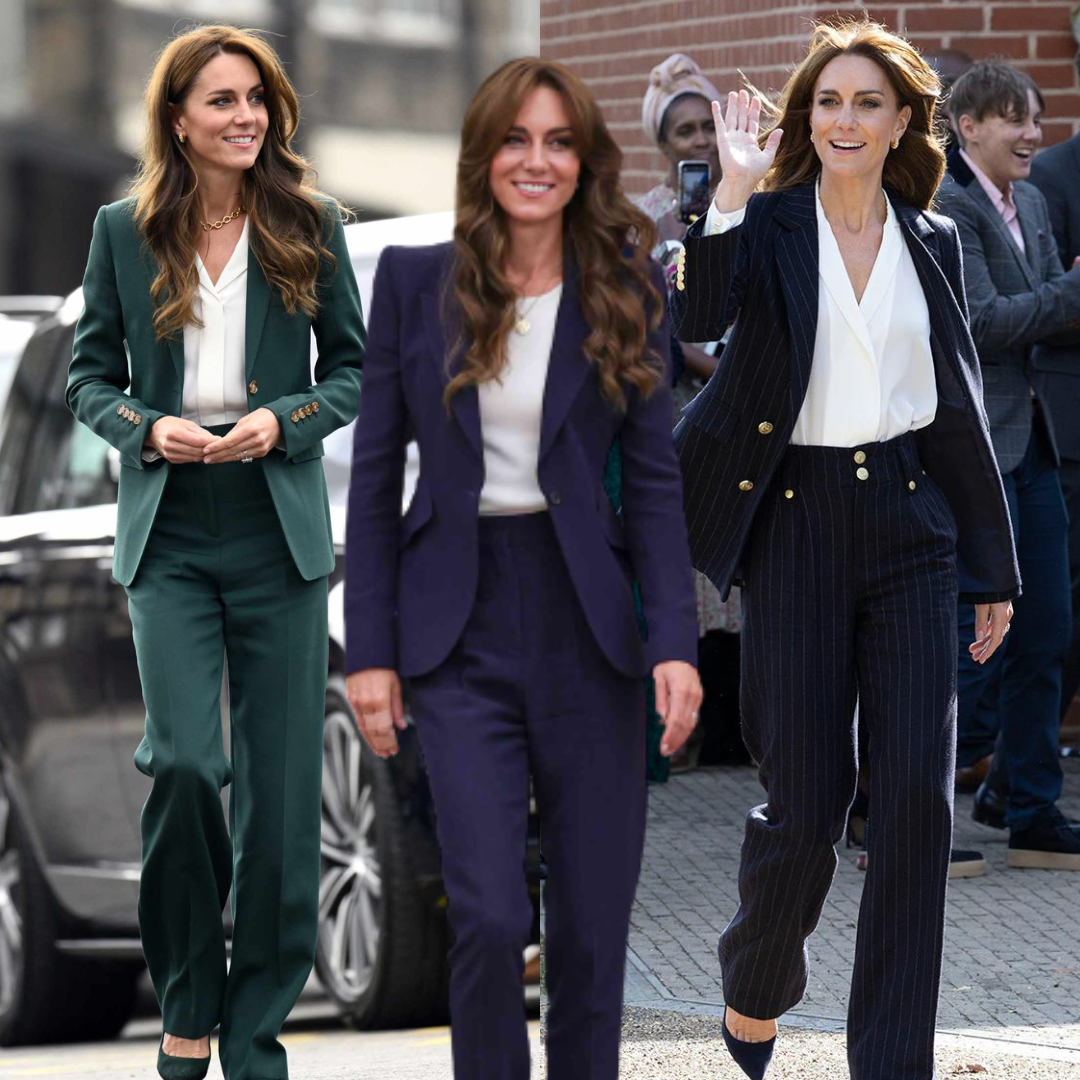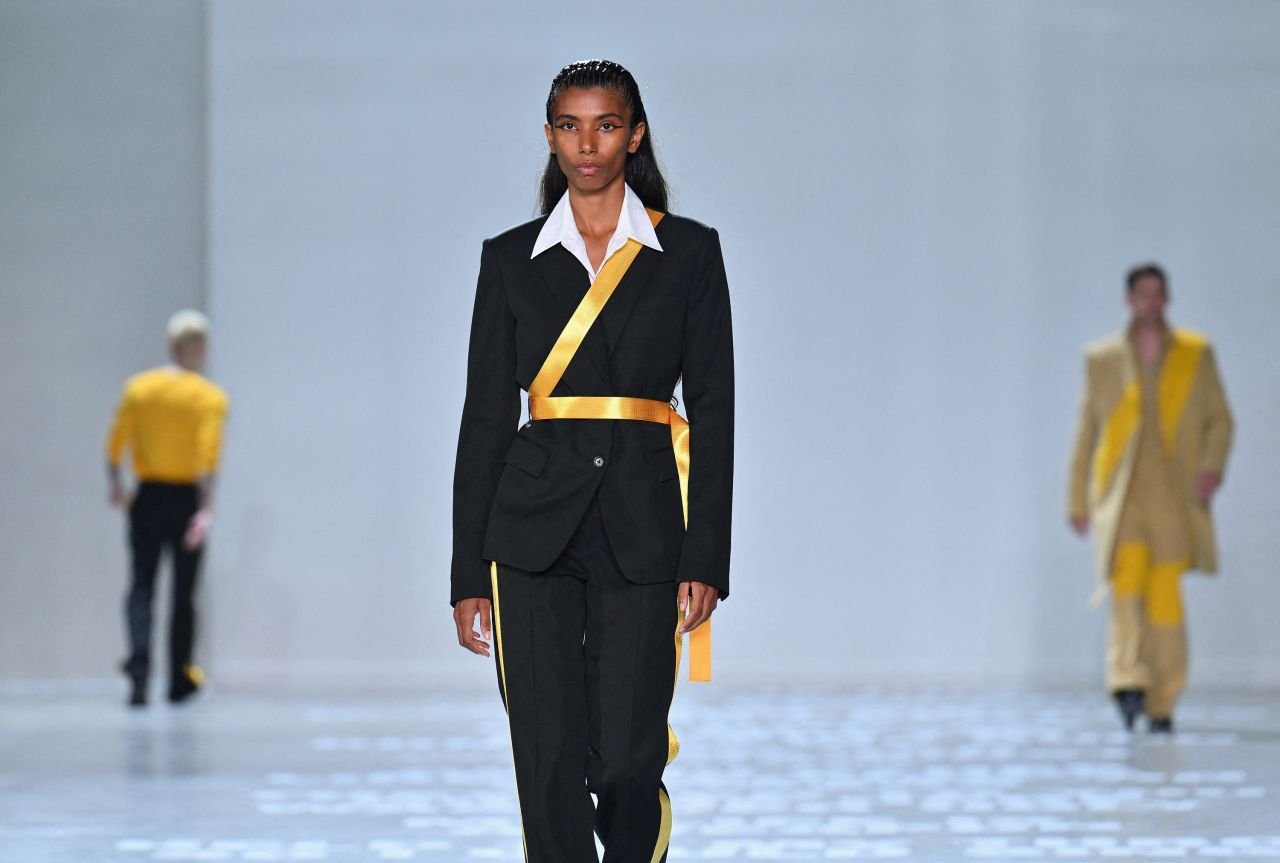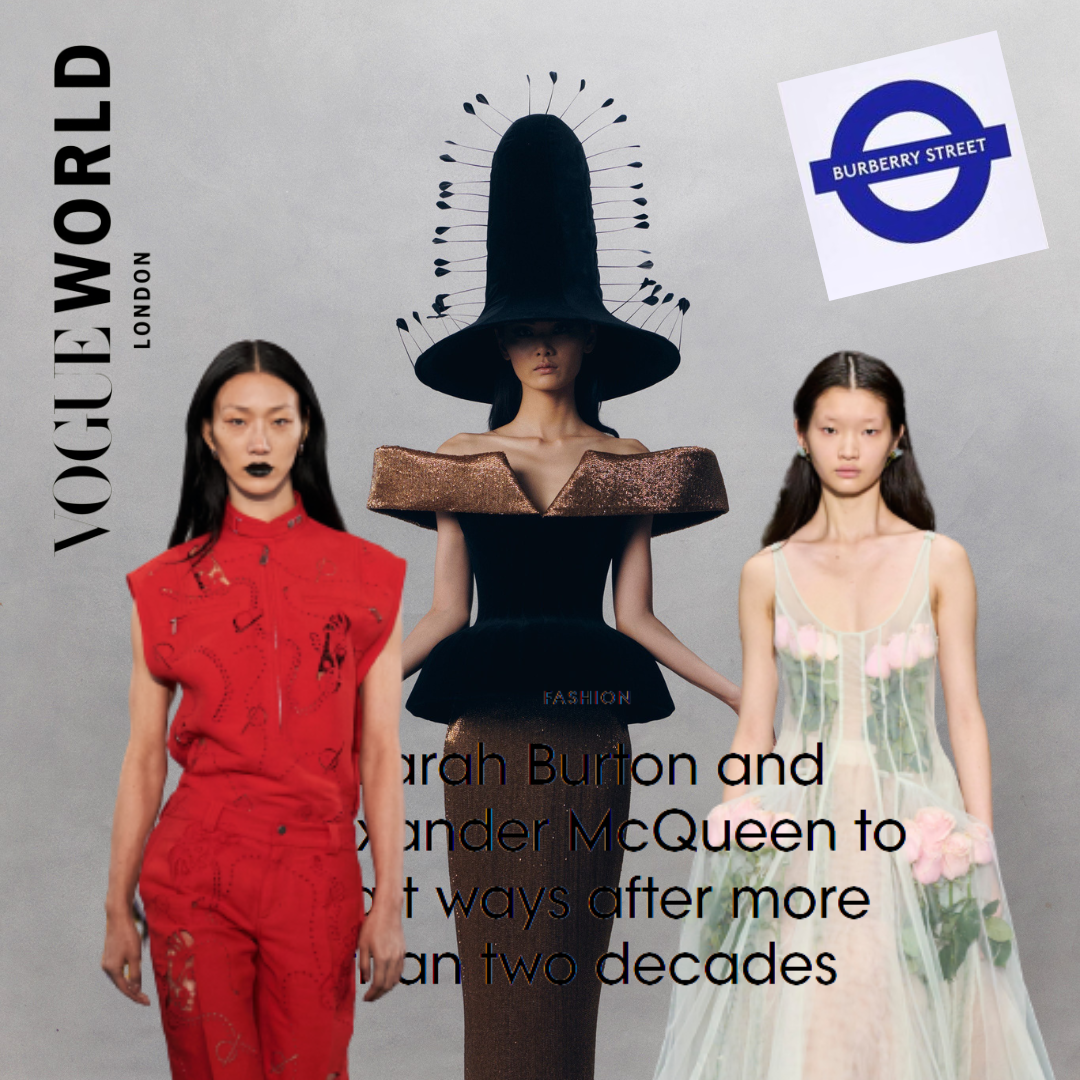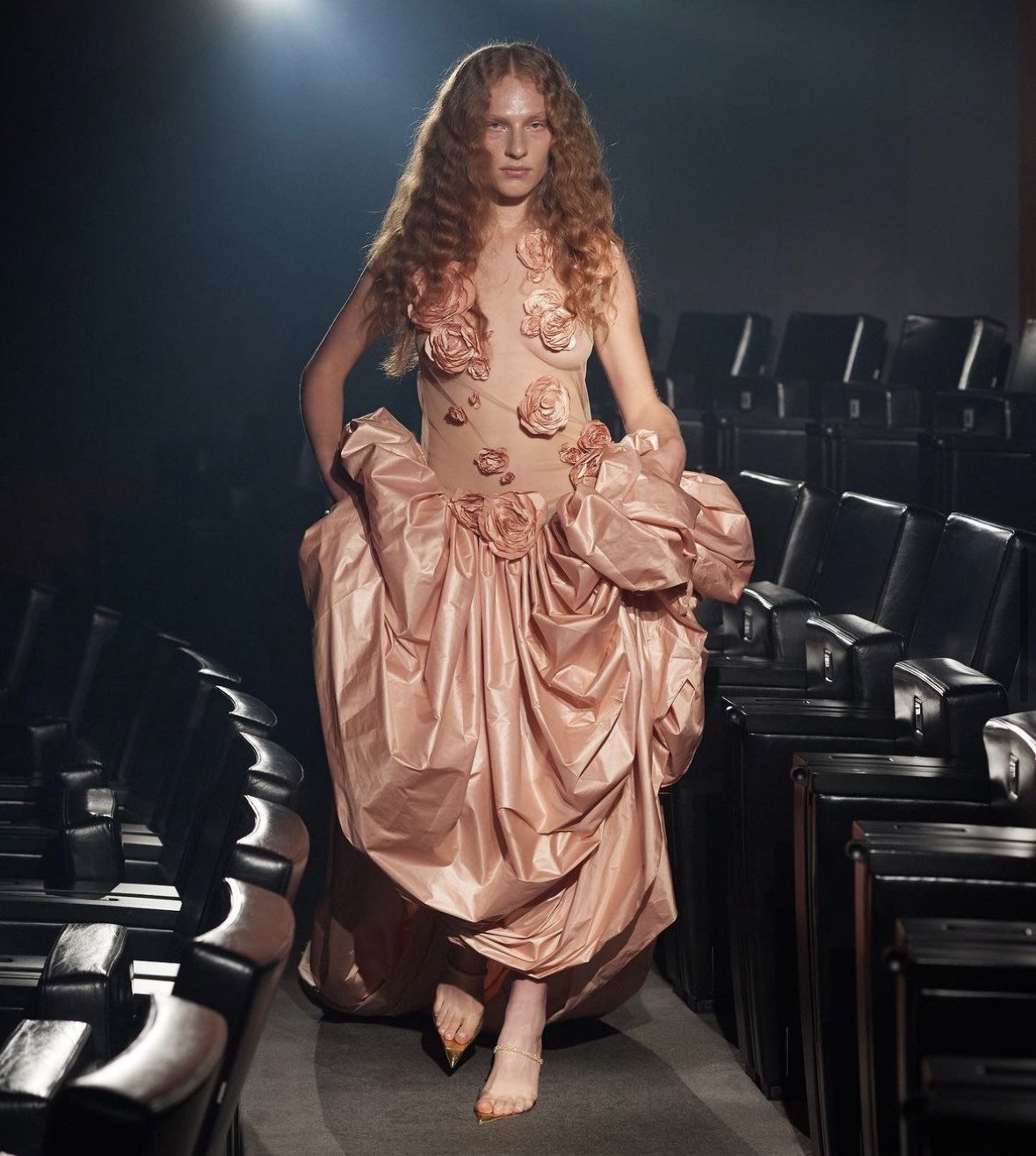The Rise of Micro-trends: What are they and how has the trend cycle shifted?
Sleek slip dresses, pencil-thin eyebrows, 70’s flare jeans to ballet pumps, corsets and the ‘Rachel Green’ layered haircut. We’ve all heard of trends, but what exactly are they and what does the upcoming term ‘micro’ trend mean for the fashion industry? The term ‘trend’ refers to a transitory style that is spread over a population at a given time, movement and location. These are commonly influenced by context, media, politics and creative explorations. When we look back on previous decades, subcultures have informed the trends of their time, inspiring people to change how they expressed themselves which of course cycles round to the trends we see today. Trends are typically split into two categories which are macro-trends, trends we associate with specific decades and maintain their stamina of popularity for 5-10 years.
Whereas a micro-trend quickly rises in popularity and falls just as fast with a lifespan of 3-5 years. However, the fashion industry is adjusting to a world where platforms like Tiktok have such control over these trends to the extent of them lasting mere weeks before being deemed outdated. Commonly referred to as the ‘20-year rule’, the ‘Oedipus/Electra complex’ is a cyclical concept based on trends you saw your parents wearing is a style 20 years later you soon embrace yourselves when you’re older. This can explain the rise in popularity of low-rise jeans, layered shag haircuts and cargo pants as this marks around 20 years later from those iconic early 2000s trends. Though trends have always been around in the fashion industry, the issue of cycles becoming shorter brings concerns for sustainability into a much-needed conversation. Before the rise in fashion in the early 90s, clothes were built to last which meant people generally brought less clothing. In under 15 years, clothing production has doubled, with the average consumer buying 60 per cent more clothing and using them for half as long.
Trend-researcher @thealgorythm on Tiktok discussed the theory that ‘social media’s constant need for newness has turned trends into a form of entertainment. Instead of just promoting this week’s ‘must have’ trends and items, we are also shaming those who can’t keep up behind the disguise of calling it ‘cheugy’ or ‘camp’. This promotes the idea that clothing is just bought to be showcased, dismissed and replaced with something more on-trend. It’s up for debate what micro-trends mean for the future of the industry. Are luxury fashion labels going to have more than two catwalk seasons a year in order to keep up? What happens to the clothing stores on the high street that can’t stock products as quickly as new trends are introduced?
As individuals, it’s our personality responsibility to make tiny changes in our lifestyle to break the cycle. Changes such as making the use of what’s already in our wardrobes and exploring our personal style as much as possible. To find clothing combinations and silhouettes that make us excited to open our wardrobe doors and drawers.








